BIOL 1209 Organisms
5.0(3)
5.0(3)
Card Sorting
1/71
There's no tags or description
Looks like no tags are added yet.
Study Analytics
Name | Mastery | Learn | Test | Matching | Spaced | Call with Kai |
|---|
No study sessions yet.
72 Terms
1
New cards

What is the __**Domain, Kingdom, and Phylum**__ of __**this organism**__?
Phylum: Tubulinids
Kingdom: Protist
Domain: Eukarya
Kingdom: Protist
Domain: Eukarya
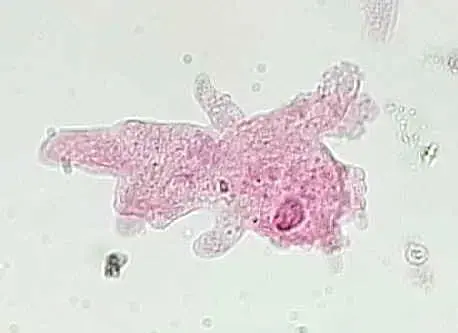
2
New cards
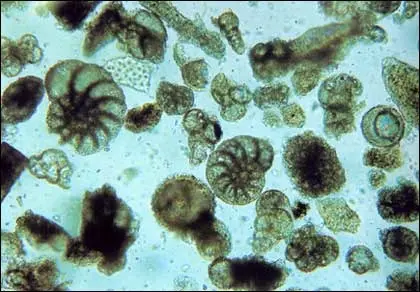
What is the __**Domain, Kingdom, and Phylum**__ of __**this organism**__?
Phylum: Foraminifera
Kingdom: Protist
Domain: Eukarya
Kingdom: Protist
Domain: Eukarya
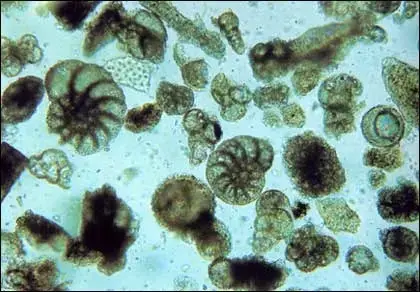
3
New cards
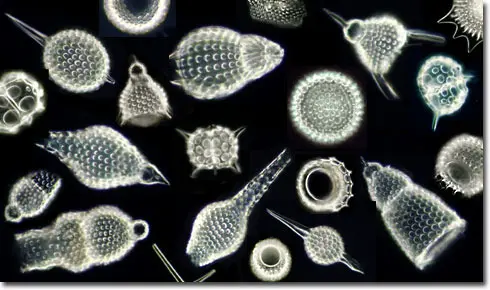
What is the __**Domain, Kingdom, and Phylum**__ of __**this organism**__?
Phylum: Radiolarians
Kingdom: Protist
Domain: Eukarya
Kingdom: Protist
Domain: Eukarya
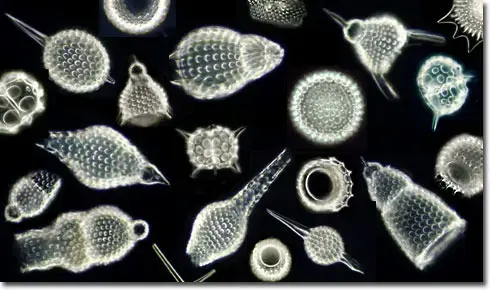
4
New cards
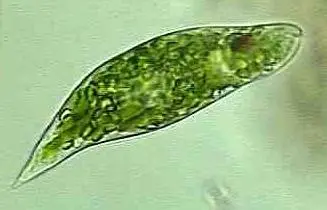
What is the __**Domain, Kingdom, and Phylum**__ of __**this organism**__?
Phylum: Euglenozoan
Kingdom: Protist
Domain: Eukarya
Kingdom: Protist
Domain: Eukarya
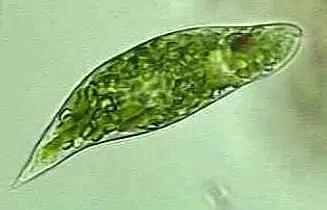
5
New cards
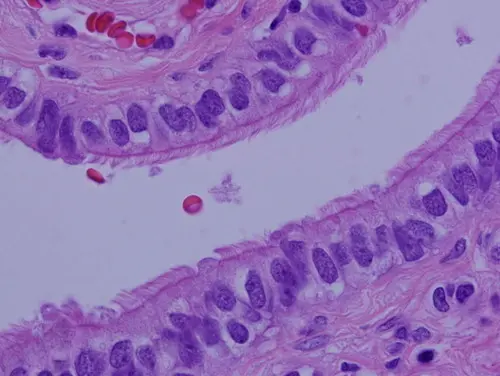
What is the __**Domain, Kingdom, and Phylum**__ of __**this organism**__?
Phylum: Ciliate
Kingdom: Protist
Domain: Eukarya
Kingdom: Protist
Domain: Eukarya
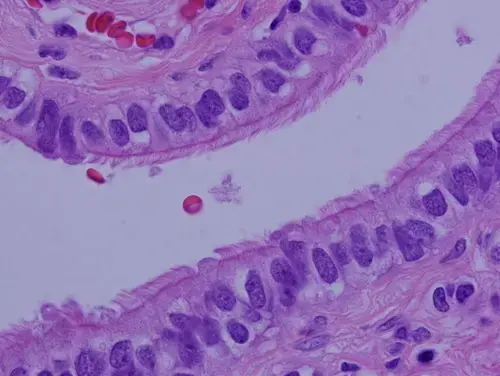
6
New cards
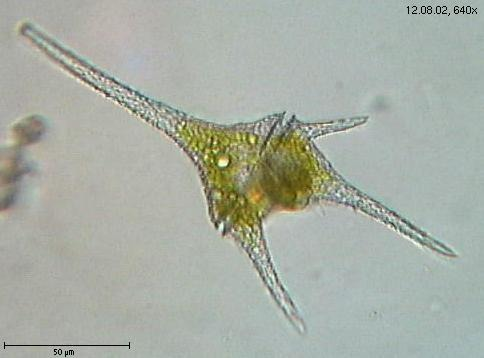
What is the __**Domain, Kingdom, and Phylum**__ of __**this organism**__?
Phylum: Dinoflagellate
Kingdom: Protist
Domain: Eukarya
Kingdom: Protist
Domain: Eukarya
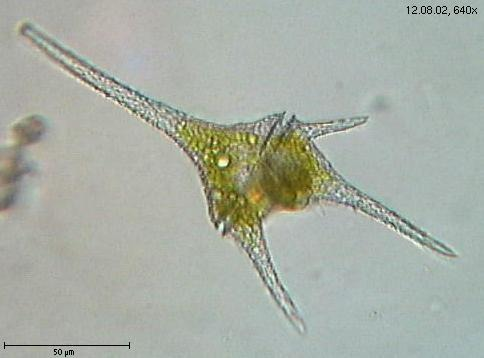
7
New cards
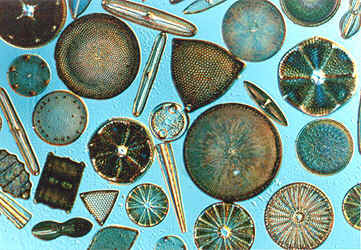
What is the __**Domain, Kingdom, and Phylum**__ of __**this organism**__?
Phylum: Diatom
Kingdom: Protist
Domain: Eukarya
Kingdom: Protist
Domain: Eukarya
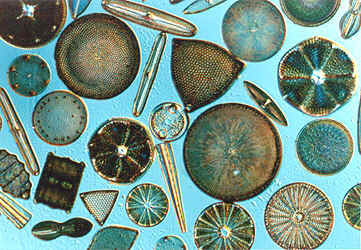
8
New cards
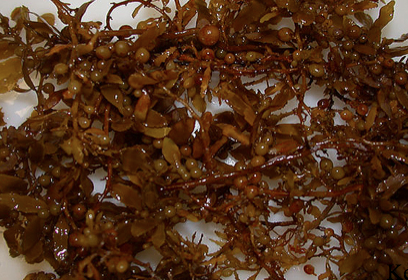
What is the __**Domain, Kingdom, and Phylum**__ of __**this organism**__?
Phylum: Brown Algae
Kingdom: Protist
Domain: Eukarya
Kingdom: Protist
Domain: Eukarya
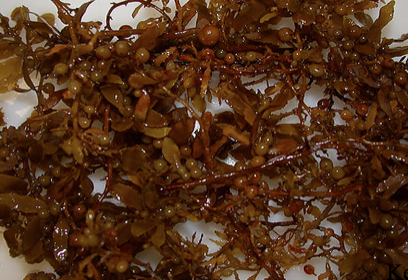
9
New cards
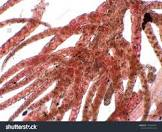
What is the __**Domain, Kingdom, and Phylum**__ of __**this organism**__?
Phylum: Red Algae
Kingdom: Protist
Domain: Eukarya
Kingdom: Protist
Domain: Eukarya
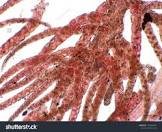
10
New cards
Where can __**Tubulinids**__ be found?
soil, marine, and freshwater environments
11
New cards
Where can __**Foraminifera**__ be found?
marine environments
12
New cards
Where can __**Radiolarians**__ be found?
marine environments
13
New cards
Where can __**Euglenozoans**__ be found?
marine and freshwater environments
14
New cards
Where can __**Ciliates**__ be found?
ocean waters, marine sediments, lakes, ponds, and rivers, and even soils
15
New cards
Where can __**Dinflagellates**__ be found?
marine and freshwater environments
16
New cards
Where can __**Diatoms**__ be found?
almost every aquatic environment including fresh and marine waters, soils, in fact almost anywhere moist
17
New cards
Where can __**Brown Algae**__ be found?
marine environments
18
New cards
Where can __**Red Algae**__ be found?
marine environments
19
New cards
__**Tubulinids**__: Means of locomotion/ key trait
Pseudopodia
20
New cards
__**Foraminifera**__: Means of locomotion/ key trait
Pseudopodia/ patterned shell
21
New cards
__**Radiolarians**__: Means of locomotion/ key trait
Buoyancy
22
New cards
__**Euglenozoans**__: Means of locomotion/ key trait
flagella
23
New cards
__**Ciliates**__: Means of locomotion/ key trait
cilia
24
New cards
__**Diflagellates**__: Means of locomotion/ key trait
flagella/ bioluminescent
25
New cards
__**Diatoms**__: Means of locomotion/ key trait
free float
26
New cards
__**Brown Algae**__: Means of locomotion/ key trait
Stand still, brown
27
New cards
__**Red Algae**__: Means of locomotion/ key trait
Stand still, red and spiky
28
New cards
What is the __**nutritional mode**__ of __**tubulinids**__?
Heterotrophic
29
New cards
What is the __**nutritional mode**__ of __**foraminifera**__?
Heterotrophic
30
New cards
What is the __**nutritional mode**__ of __**Radiolarians**__?
Heterotrophic
31
New cards
What is the __**nutritional mode**__ of __**Euglenozoans**__?
Autotrophic (not all)
32
New cards
What is the __**nutritional mode**__ of __**ciliates**__?
Heterotrophic
33
New cards
What is the __**nutritional mode**__ of __**Dinflagellates**__?
Autotrophic
34
New cards
What is the __**nutritional mode**__ of __**diotoms**__?
Autotrophic
35
New cards
What is the __**nutritional mode**__ of __**Brown Algae**__?
Autotrophic
36
New cards
What is the __**nutritional mode**__ of __**Red Algae**__?
Autotrophic
37
New cards
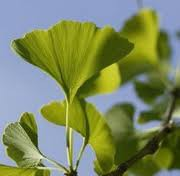
What is the __**Domain, Kingdom, and Phylum**__ of __**this organism**__?
Phylum: Ginkophyta
Kingdom: Plantae
Domain: Eukarya
Kingdom: Plantae
Domain: Eukarya
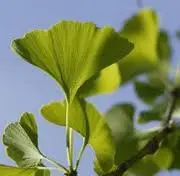
38
New cards
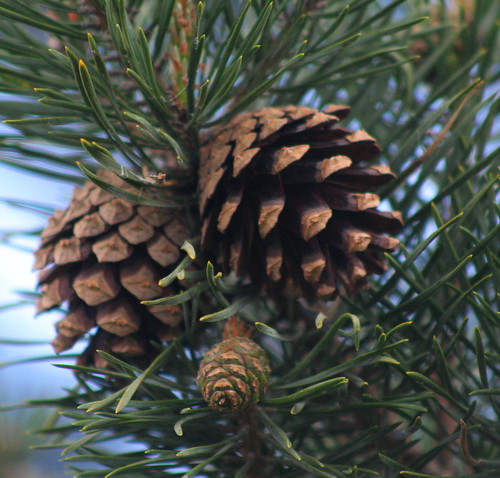
What is the __**Domain, Kingdom, and Phylum**__ of __**this organism**__?
Phylum: Coniferophyta
Kingdom: Plantae
Domain: Eukarya
Kingdom: Plantae
Domain: Eukarya
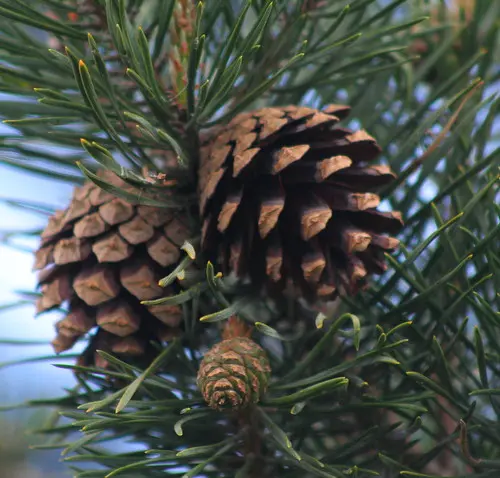
39
New cards
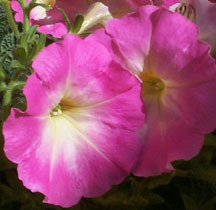
What is the __**Domain, Kingdom, and Phylum**__ of __**this organism**__?
Phylum: Anthophyta
Kingdom: Plantae
Domain: Eukarya
Kingdom: Plantae
Domain: Eukarya

40
New cards
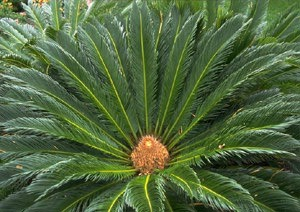
What is the __**Domain, Kingdom, and Phylum**__ of __**this organism**__?
Phylum: Cycadophyta
Kingdom: Plantae
Domain: Eukarya
Kingdom: Plantae
Domain: Eukarya
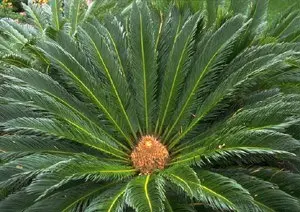
41
New cards
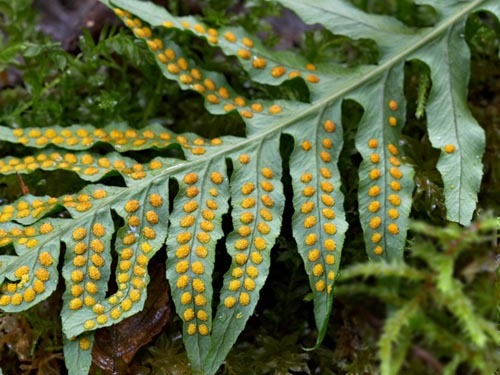
What is the __**Domain, Kingdom, and Phylum**__ of __**this organism**__?
Phylum: Monilophyta
Kingdom: Plantae
Domain: Eukarya
Kingdom: Plantae
Domain: Eukarya
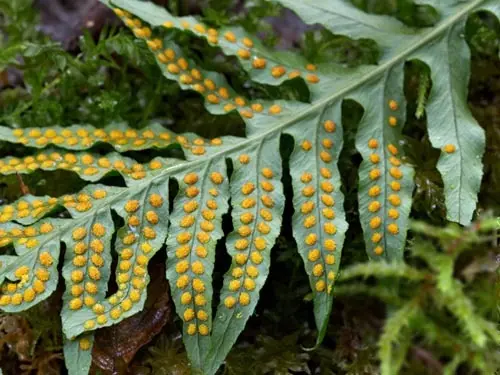
42
New cards
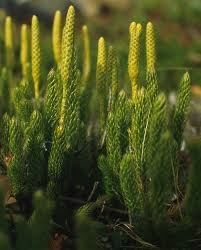
What is the __**Domain, Kingdom, and Phylum**__ of __**this organism**__?
Phylum: Lycophyta
Kingdom: Plantae
Domain: Eukarya
Kingdom: Plantae
Domain: Eukarya
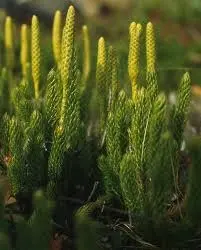
43
New cards
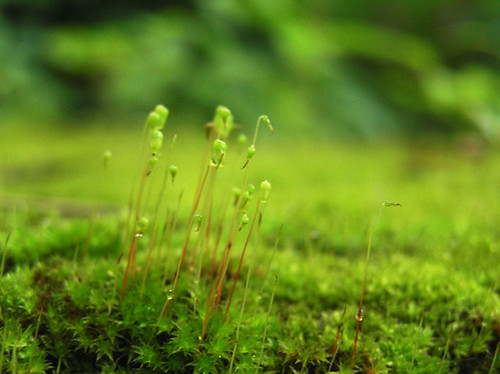
What is the __**Domain, Kingdom, and Phylum**__ of __**this organism**__?
Phylum: Bryophyta
Kingdom: Plantae
Domain: Eukarya
Kingdom: Plantae
Domain: Eukarya
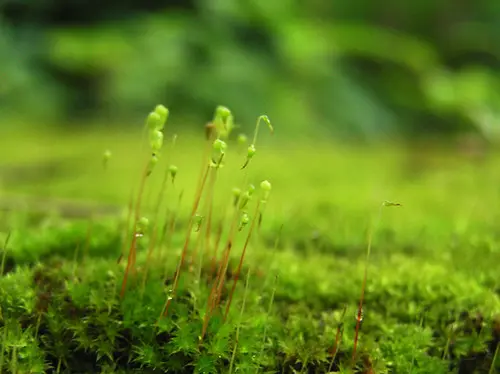
44
New cards
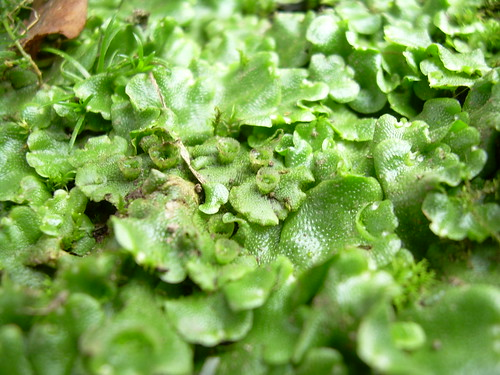
What is the __**Domain, Kingdom, and Phylum**__ of __**this organism**__?
Phylum: Hepatophyta
Kingdom: Plantae
Domain: Eukarya
Kingdom: Plantae
Domain: Eukarya
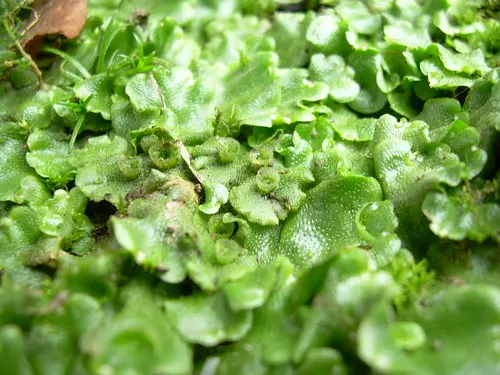
45
New cards
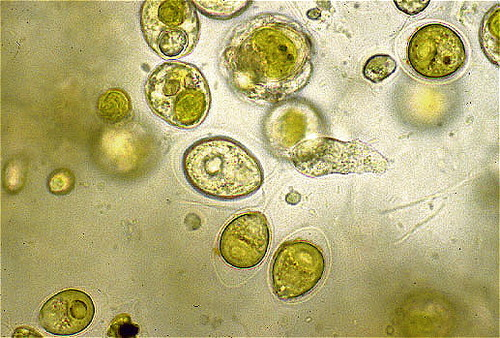
What is the __**Domain, Kingdom, and Phylum**__ of __**this organism**__?
Phylum: Chlorophyta
Kingdom: Plantae
Domain: Eukarya
Kingdom: Plantae
Domain: Eukarya

46
New cards
Does __**Ginkophyta**__ produce seeds?
yes (gymnosperms)
47
New cards
Does __**Coniferophyta**__ produce seeds?
yes (cones)
48
New cards
Does __**Anthophyta**__ produce seeds?
yes (flowers and fruit)
49
New cards
Does __**Cycadophyta**__ produce seeds?
yes (unfertilized/open seeds)
50
New cards
Does __**Monilophyta**__ produce seeds?
No (but they have spores)
51
New cards
Does __**Licophyta**__ produce seeds?
No
52
New cards
Does __**Bryophyta**__ produce seeds?
No
53
New cards
Does __**Hapatophyta**__ produce seeds?
No
54
New cards
Does __**Chlorophyta**__ produce seeds?
No
55
New cards
Where will you find __**Ginkophyta**__?
Sunny, moist environments
56
New cards
Where will you find __**Coniferophyta**__?
cool temperate and boreal environments
57
New cards
Where will you find __**Anthophyta**__?
Sunny, moist environments
58
New cards
Where will you find __**Cycadophyta**__?
tropical, subtropical and warm temperate environments
59
New cards
Where will you find __**Monilophyta**__?
Sunny, moist environments; usually by a water source
60
New cards
Where will you find __**Licophyta**__?
arctic, temperate and tropical environments
61
New cards
Where will you find __**Bryophyta**__?
damp, shady environments, but they can also be found in diverse and even extreme habitats, from deserts to arctic areas
62
New cards
Where will you find __**Hapatophyta**__?
moist situations (including fresh water)
63
New cards
Where will you find __**Chlorophyta**__?
marine environments
64
New cards
What is the vasculature system of __**Ginkophyta**__?
The primary vascular system consists of a eustele and a bifacial vascular cambium
65
New cards
What is the vasculature system of __**Coniferophyta**__?
Secondary Vascular Tissues and Periderm
66
New cards
What is the vasculature system of __**Anthophyta**__?
vascular; veins running through the leaves and other parts of the plants
67
New cards
What is the vasculature system of __**Cycandophyta**__?
tube like structures in a plant which are used to move water from the roots to the leaves and photosynthate from the leaves to the rest of the plant
68
New cards
What is the vasculature system of __**Monilophyta**__?
xylem and phloem tissues form the vascular system of plants
69
New cards
What is the vasculature system of __**Licophyta**__?
a single unbranched vein, or strand of vascular tissue
70
New cards
What is the vasculature system of __**Bryophyta**__?
No vascular system
71
New cards
What is the vasculature system of __**Hapatophyta**__?
No vascular system
72
New cards
What is the vasculature system of __**Chlorophyta**__?
No vascular system